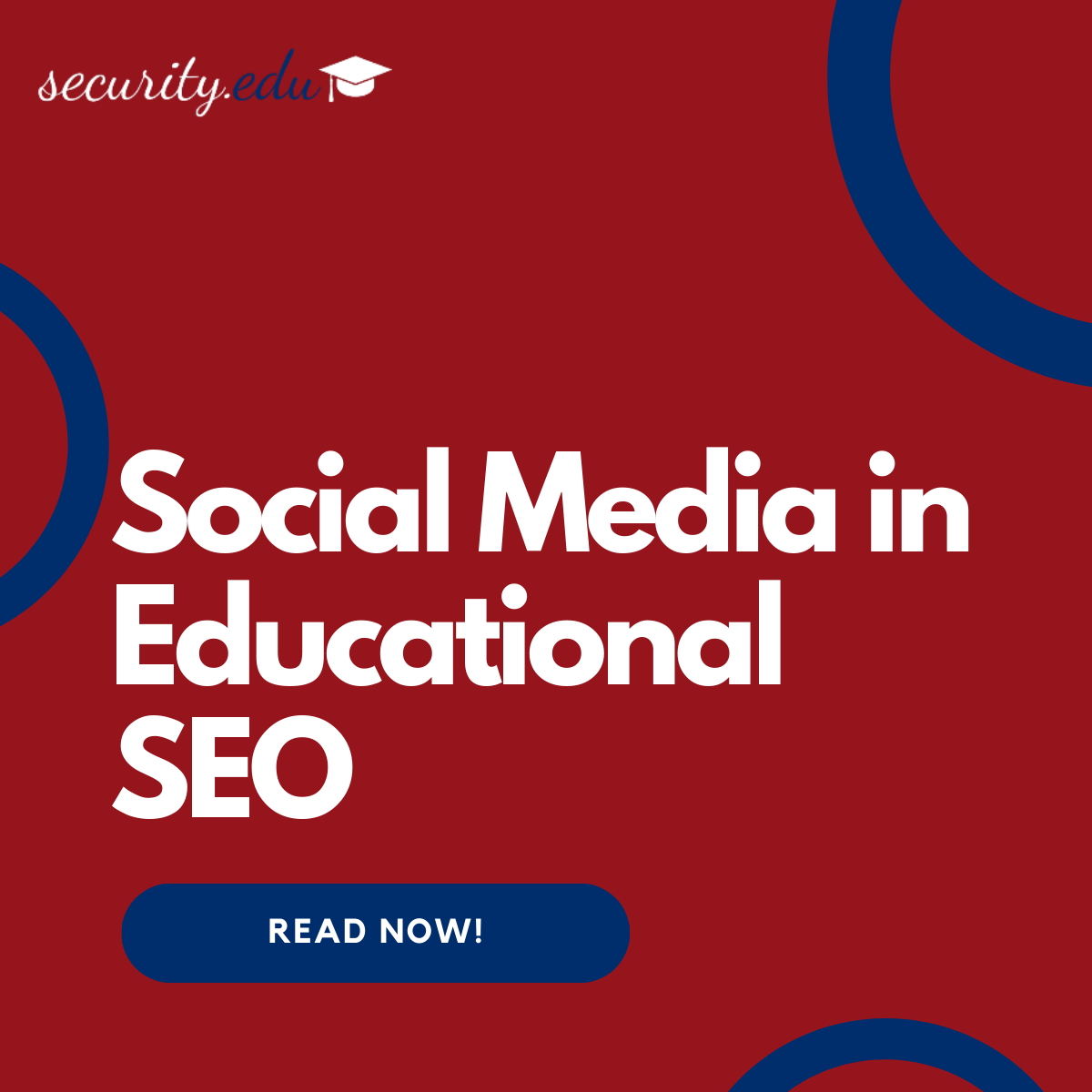Social media’s pervasive influence extends into the realm of education, offering unprecedented opportunities for institutions to amplify their content, engage with diverse audiences, and bolster their SEO efforts. This article explores the strategic role of social media in enhancing the online visibility of educational content and outlines practical approaches for educational institutions to leverage these platforms effectively.
Understanding the SEO Benefits of Social Media for Education
Directing Traffic: While social media signals do not directly influence search engine rankings, the traffic generated from these platforms can indirectly benefit SEO by increasing site engagement and visibility.
Enhancing Visibility and Discovery: Social media platforms serve as additional channels for content distribution, making educational resources more accessible and discoverable to a wider audience.
Building Backlinks: Engaging content shared on social media can attract backlinks from other websites, including blogs, news sites, and academic forums, further strengthening an institution’s SEO.
Strategic Approaches to Social Media in Education
- Content Curation and Sharing:
- Share a mix of content from your institution’s website, including articles, research findings, and event updates, to keep your audience informed and engaged.
- Highlight student and faculty achievements to showcase the vibrant community and academic excellence.
- Engagement and Community Building:
- Encourage interaction by posing questions, hosting live Q&A sessions, and responding to comments to foster a sense of community.
- Collaborate with other educational institutions and academic groups on social media to expand your reach.
- Hashtags and Trends:
- Utilize relevant hashtags to increase the visibility of your posts and participate in trending conversations related to education, research, and academic life.
- Monitor trending topics to align your content with current interests and discussions.
- Visual and Multimedia Content:
- Leverage the power of visual content, including infographics, videos, and live streams, to engage users and encourage shares, which can lead to increased traffic and backlinks.
- Showcase campus life, events, and educational resources through compelling imagery and videos.
- Analytics and Adaptation:
- Use social media analytics tools to track engagement, reach, and the effectiveness of different types of content.
- Adapt your strategy based on analytics insights to continuously improve your social media presence and its impact on SEO.
Best Practices for Educational Institutions on Social Media
- Consistent Branding: Ensure your social media profiles reflect your institution’s branding and values, creating a cohesive and recognizable online presence.
- Accessibility: Make your social media content accessible to all users, including those with disabilities, by using descriptive captions for images and providing text alternatives for video content.
- Regularity and Timing: Maintain a regular posting schedule and consider the timing of your posts to maximize engagement based on when your audience is most active.
Conclusion
Social media stands as a powerful ally in the quest for enhanced SEO and broader digital visibility for educational institutions. By strategically utilizing social media platforms to share quality content, engage with audiences, and foster community, educational institutions can amplify their reach, attract more visitors to their websites, and ultimately contribute to their SEO objectives. Embracing social media as part of an integrated digital strategy allows educational institutions to navigate the evolving digital landscape successfully and make a lasting impact on their academic community.
Next in This Series
Monitoring and Protecting Your Digital Presence: Discover tools and techniques for monitoring your institution’s online health, identifying potential issues, and safeguarding your digital reputation to support ongoing SEO efforts.

